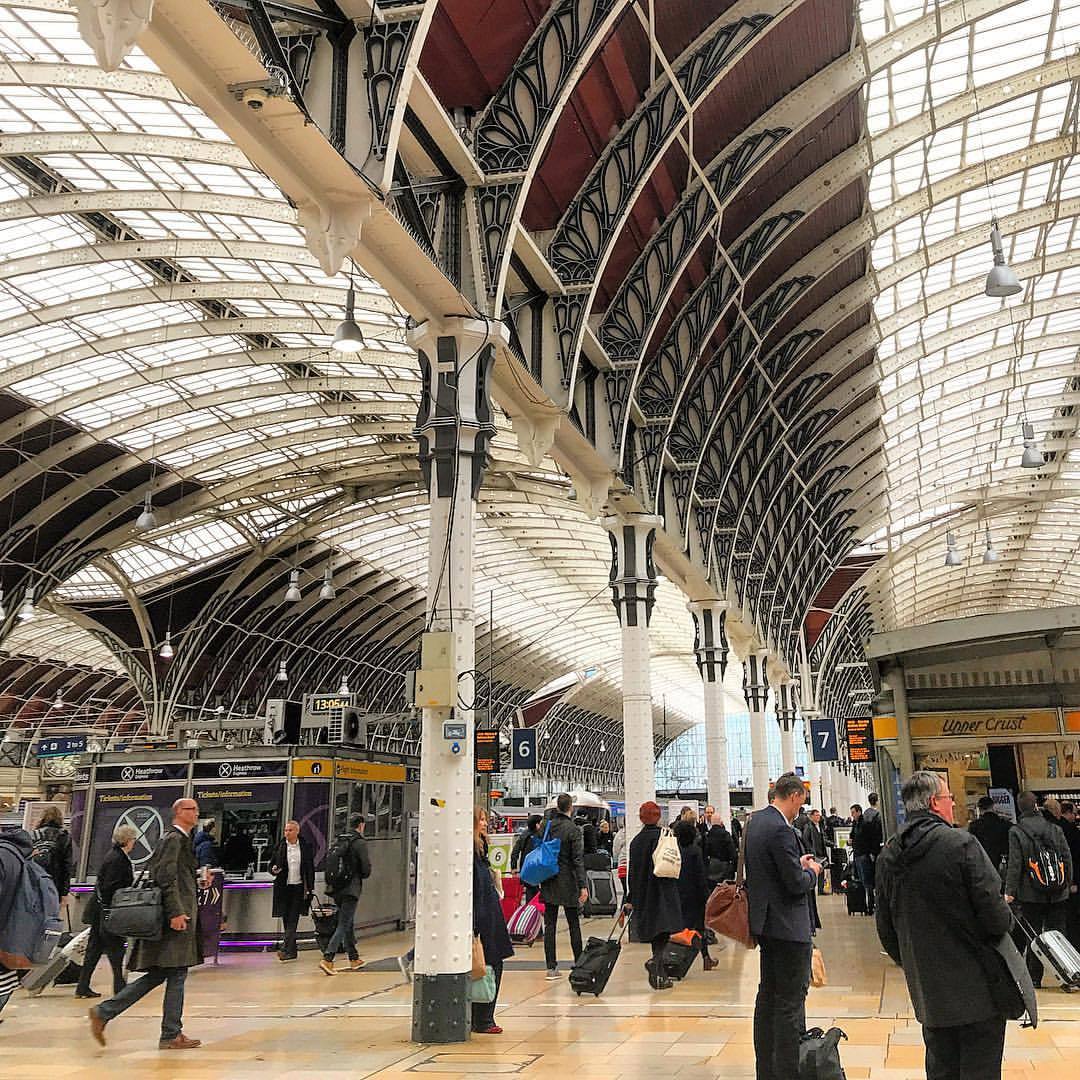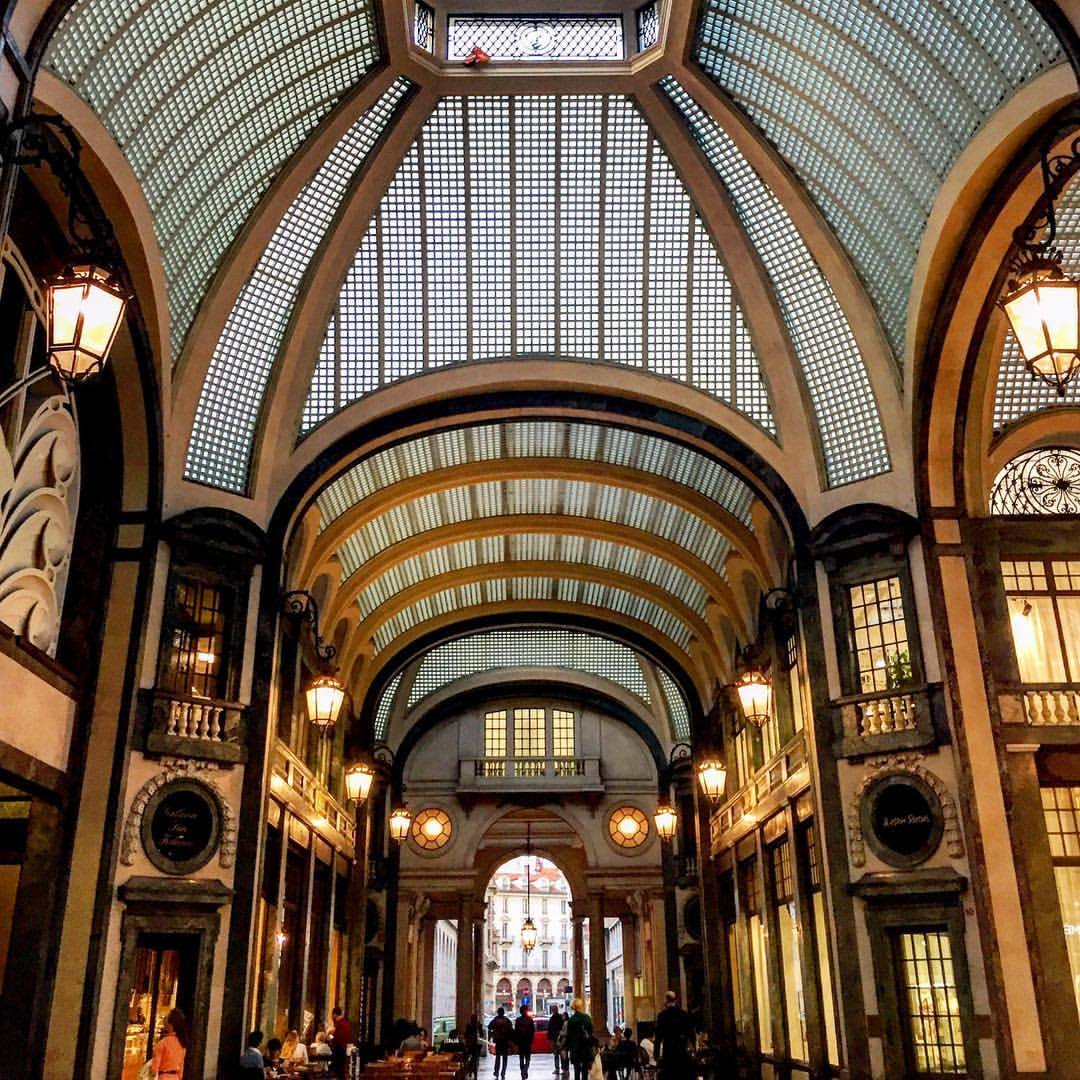A saltbox house is an example of early American colonial architecture. It’s wooden frame sports a long, pitched roof that slopes down to the back, with just one story in the back and two stories in the front. Legend has it that the saltbox form was popularized by Queen Anne’s taxation of houses greater than one story. Since the rear of the roof descended to the height of a single-story building, the structure was exempt from the tax.
The flat front and central chimney are recognizable features, but the asymmetry of the unequal sides and the long, low rear roof line are the most distinctive features of a saltbox, which takes its name from its resemblance to a wooden lidded box in which salt was once kept.
-
#massachusetts #capecod #architecture #americana
(at Yarmouth Port, Massachusetts)
Palacio de Longoria is an Art Nouveau palace that politician and financier Francisco Javier González Longoria ordered to be built in the district of Chueca, in Madrid, Spain. Longoria contracted the Catalán architect José Grases Riera to design and build it in 1902. It is one of Madrid’s most notable examples of modernist architecture, and reminiscent of the work of another great Catalán architect, Antoni Gaudí.
#spain #madrid #architecture #artnouveau (at Puerta del Sol Madrid)
This landmark building was constructed during the Gothic Revival architectural movement that began in the late 1740s in England and continued into the early 19th century. In contrast to the popular neoclassical architecture, Gothic Revival draws features from the original Gothic style, including decorative patterns, finials, scalloping, lancet windows, hood mouldings, and label stops.
#england #london #architecture (at Marylebone Road)
















